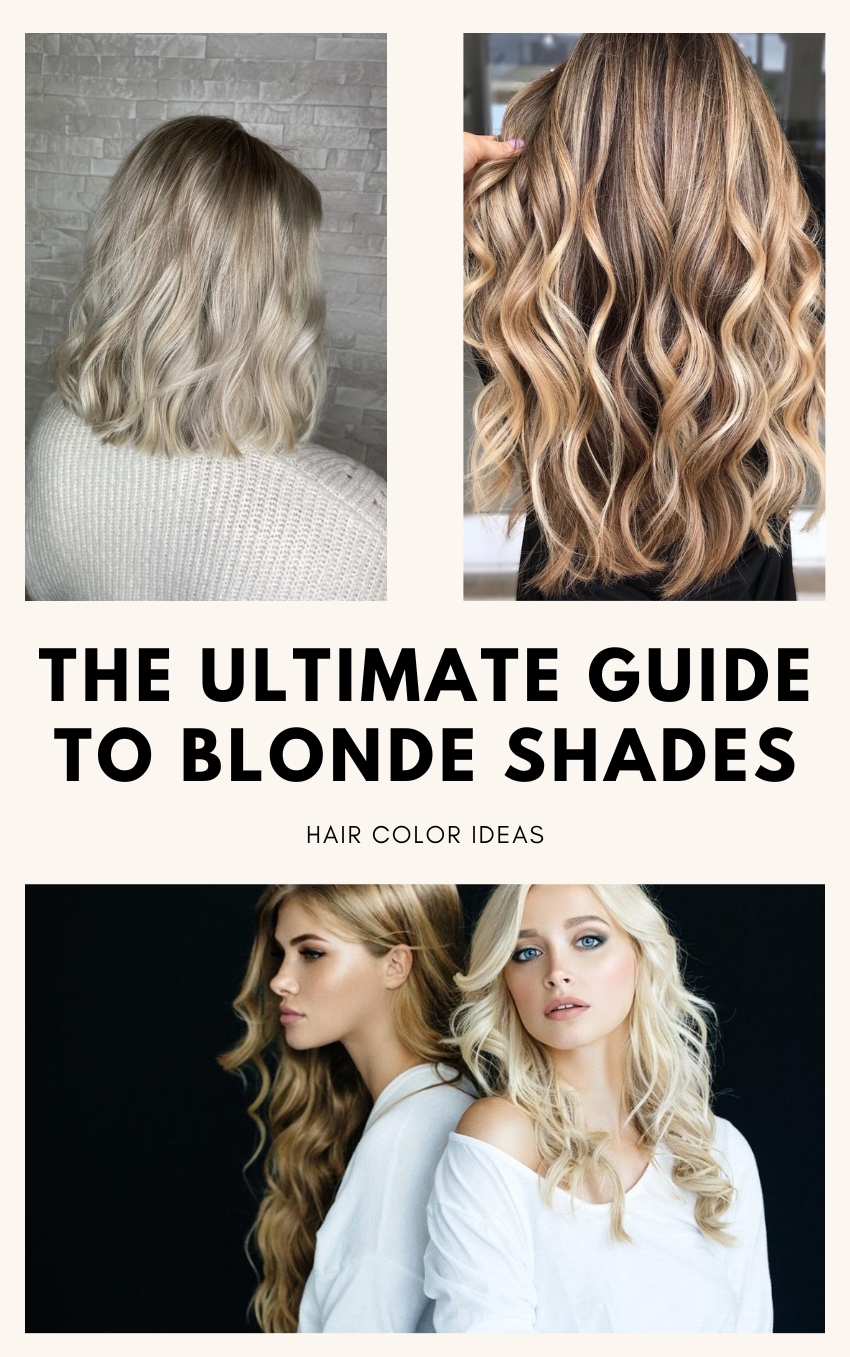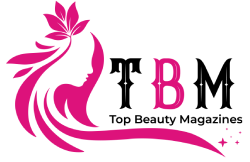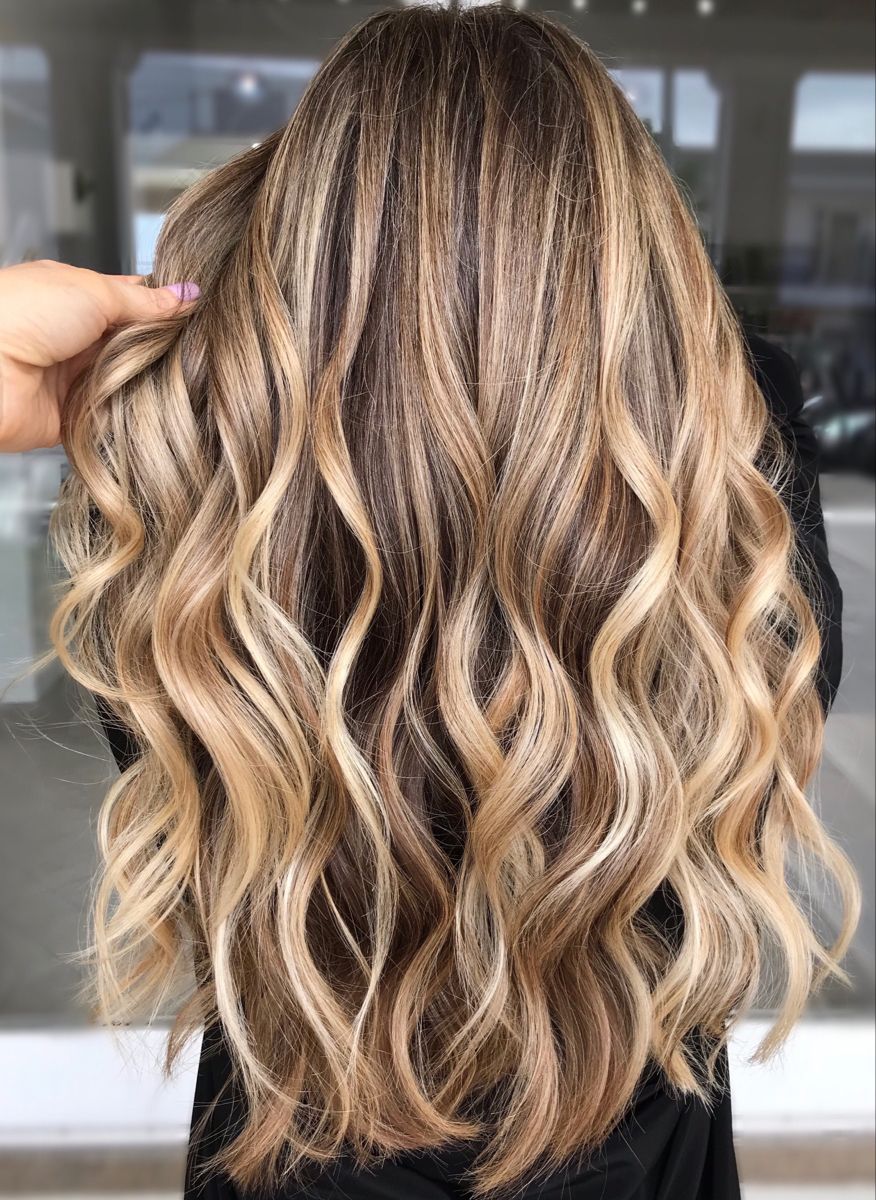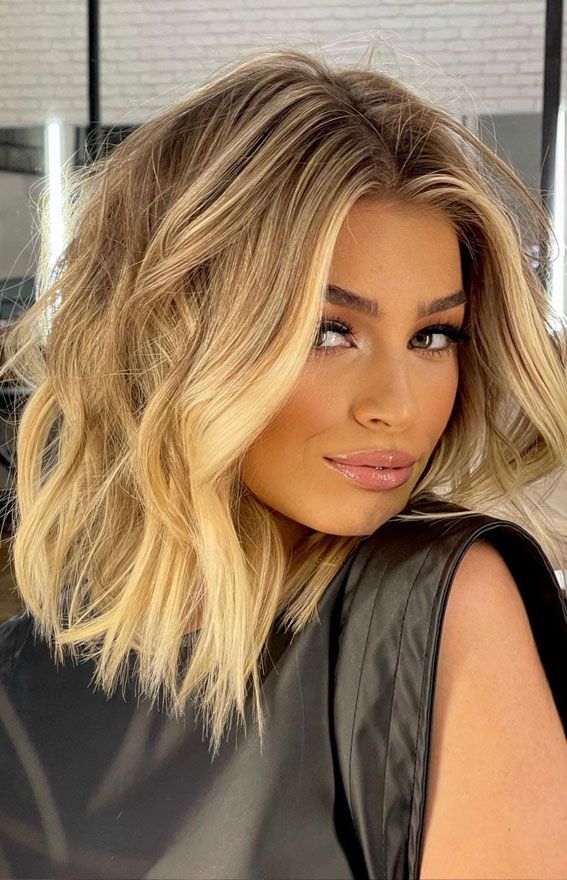Blonde is the most requested color nowadays. It’s timeless, a sure thing, and a holy grail for some. The worldwide experts understand better than anyone that many blondes exist: Venetian or polar, Californian or ash. There are numerous possibilities! Hairstylists and colorists specializing in blond hair explain the topic, and we have gathered that information to assist you.
We have the basic highlights in hairdressing: ash, gold, copper, and iridescent, and you can mix them to create different colors – honey blonde, hazelnut blonde, beige blonde, and caramel blonde. There are subtle differences between patinas that can be used to create custom shades. The trick is deciding which one to go with your hairdresser!
Hair Color Tip 01: Caramel Balayage
HOW DID YOU SELECT YOUR BLONDE HAIR?
It all depends on the complexion: a very warm or orange complexion should avoid ashy tones that will dull the skin. On the contrary, a milky and clear face will look great with it! The experts advise that if you have a matte, olive complexion, choose a warmer reflection. Polar blonds, which are very cold and ashy, are not for everyone, but you have the final say; you decide.
We can’t afford to do whatever we want; it would be too easy. The history of the hair also determines the degree of lightning that is possible. Because of the red highlights, we won’t be able to achieve a contrasting color right away if it has been chemically colored brown. Then it would take two passes. Because bleaching and balayage techniques are sensitizing, it also depends on the elasticity and quality of the hair. Olaplex must be used, or there is a risk of breakage or severely damaged lengths.
Hair Color Tip 02: Polar Blonde
WHAT TECHNIQUE SHOULD I USE FOR BLONDE HAIR?
Again, it is all dependent on the base color. Depending on the color we start with, we can achieve a blond with a more or less advanced sweep. The sweep is done using cellophane or aluminum foil. Other options include blending the roots (for a more subtle color) or covering everything (uniform color). The application time varies depending on the client’s base and can take up to 6 hours for a polar blonde. Most people prefer cellophane; with today’s powders and products, aluminum is no longer required, as per experts. Because the hair is less sensitized, it retains its natural beauty.
Hair Color Tip 04: Californian Blonde Balayage
HOW TO KEEP YOUR BLONDE HAIR?
Hair experts recommend shampoo or mask pigments to keep the balayage shining. Cold highlights are incredibly fleeting: they fade with oxidation, which reveals the discoloration and produces a slightly yellow effect. Hydration and nutrition are essential in all cases, whether with a repairing mask for the lengths or an oil bath every two weeks.
Polar blondes must use the Olaplex treatment. If you used it during the balayage, they recommend keeping it at home with n°3 to prolong the effects. In any case, keep in mind that a blonde, especially if it is very light and cold, is a color that requires upkeep and care! Warm highlights, such as copper, caramel, Venetian, or golden blonds, last longer.
Hair Color Tip 05: Golden Blonde Balayage
WHAT EXACTLY IS A SUCCESSFUL BLONDE?
A successful blonde is one you like! From a popular standpoint, people enjoy both uniformity and fading. But also don’t like strong effects; they prefer the depth and a natural blond at the root for a subtle regrowth. Try working with a wide range of blondes, as experts prefer polar shades and more natural highlights.
Warm dark blondes are also very attractive, whether ashy or warm. It all depends on the season and trends: the polar is more associated with spring and summer, whereas, in winter, women feel like they’re asked for more natural beige or golden blonds.





